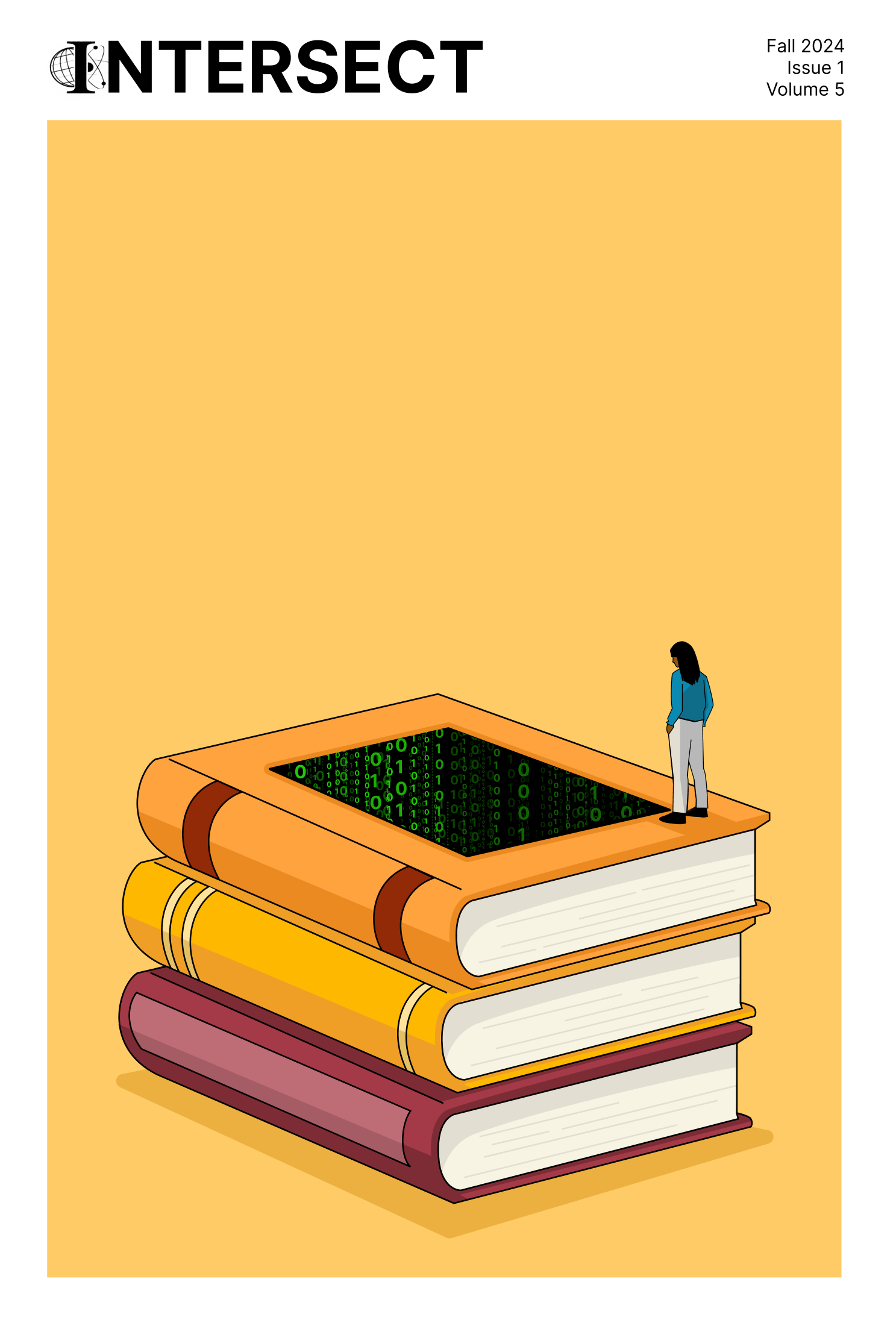Novel insights into amyotrophic lateral sclerosis progression through machine learning: analysis of biomarkers and clinical observations in a large-scale patient database
Abstract
Amyotrophic Lateral Sclerosis (ALS) is a relentless and devastating neurodegenerative disease characterized by the progressive degeneration of motor neurons in the brain and spinal cord. This study aims to enhance the tracking of ALS progression by identifying key predictors of decline using the ALS Functional Rating Scale (ALSFRS) score. Utilizing the comprehensive Pooled Resource Open-Access ALS Clinical Trials (PRO-ACT) Database, a diverse array of machine learning algorithms is employed, including logistic and LASSO regressions, support vector machines, random forests, gradient boosted trees, explainable boosted machines, extreme gradient boosted trees, and neural network modeling. After data preprocessing, the study analyzed a clean cohort of approximately 6,000 patients and over 400 features, representing the most extensive dataset used in ALS research within the Pro-ACT framework to date. This dataset includes detailed demographics, medication usage, and blood marker information. The Explainable Boosting Machine (EBM) demonstrated superior performance, achieving an AUC of 0.81, accuracy of 0.74, recall of 0.73, and precision of 0.64, with significant (80%) overlap in key features identified across models. A total of 24 biomarkers were identified as playing a role in ALS progression, with Bicarbonate, Creatine Kinase, Creatinine, Chloride, Calcium, and Phosphorus standing out as the most significant. Both the feature importance scores from the Explainable Boosting Machine (EBM) and the Mann-Whitney Test (p < 0.001) confirmed the statistical significance of these key biomarkers, validating their critical roles in the analysis of ALS progression.
Downloads
Published
Data Availability Statement
The data is available on Pro-Act website: https://ncri1.partners.org/ProACT/Home/Index
Issue
Section
License
Copyright (c) 2025 Intersect: The Stanford Journal of Science, Technology, and Society

This work is licensed under a Creative Commons Attribution-NonCommercial-NoDerivatives 4.0 International License.
Authors who publish with this journal agree to the following terms:- Authors retain copyright and grant the journal right of first publication with the work simultaneously licensed under a Creative Commons Attribution License that allows others to share the work with an acknowledgement of the work's authorship and initial publication in this journal.
- Authors are able to enter into separate, additional contractual arrangements for the non-exclusive distribution of the journal's published version of the work (e.g., post it to an institutional repository or publish it in a book), with an acknowledgement of its initial publication in this journal.
- Authors are permitted and encouraged to post their work online (e.g., in institutional repositories or on their website) prior to and during the submission process, as it can lead to productive exchanges, as well as earlier and greater citation of published work (See The Effect of Open Access).

